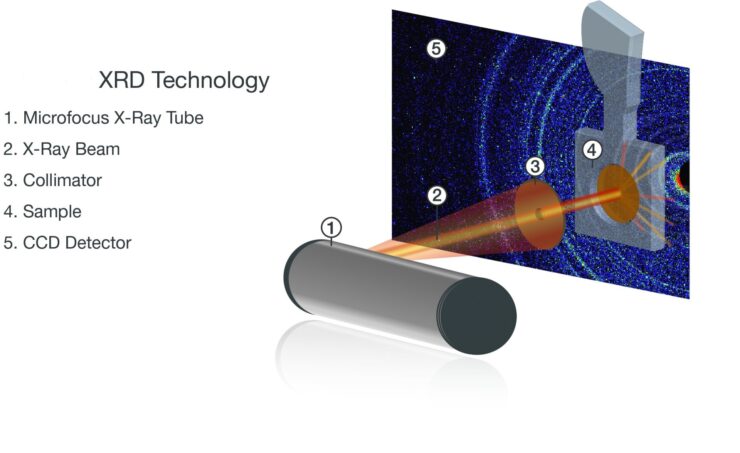Based on a fairly straightforward set of scientific principles, yet tremendously effective nonetheless, x-ray diffraction is a popular and dependable method of extracting valuable data from materials throughout a tremendous number of industries.
With the help of an x-ray diffractometer, scientists can analyze the molecular structure of their samples by observing the aftereffect of scattering caused by directing x-rays at the target material.
It is not only an easy process to prepare, but it can be done extremely quickly compared to many other molecular identification methods.
It is, of course, not without its drawbacks, but then again, no element of scientific research ever is.
If you happen to be an aspiring scientist yourself, or you want to find out more about how this method of anatomical structure analysis may be able to help you out in your particular industry, here are some of the main reasons why the technique is so important to the wider science community, and why it is still so heavily relied upon today.
Non-destructive Characterization
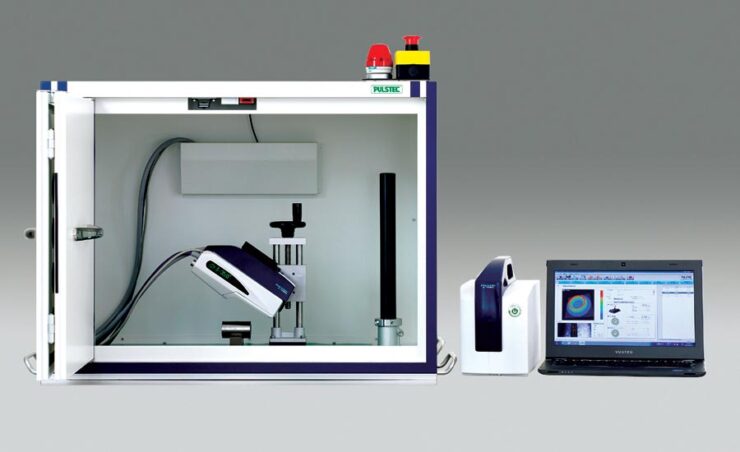
Many different industries need to use XRD (x-ray diffraction) in order to obtain information regarding the purity and functionality of their sample, the pharmaceutical industry being a prime example of this.
Suffice to say, destroying their sample to ascertain information regarding its chemical properties is not an option, especially if the sample in question is going to be directly used for public consumption.
A non-destructive method is the only viable option in this particular scenario, and XRD can be the ideal solution.
To get a deeper understanding of what the machines themselves look like, how they function, and how technology manufacturers are leading the frontline in innovation, it is worth taking a look at the options from malvernpanalytical.com.
There are plenty of other fields that need to use this method of chemical analysis, too, such as archeology – the artifacts of history are often incredibly rare, irreplaceable, and full of valuable scientific data to an archeologist. Destroying it for the sake of a sample is not always an option, so this particular field of study regularly uses XRD to aid their research.
Forensic Analysis
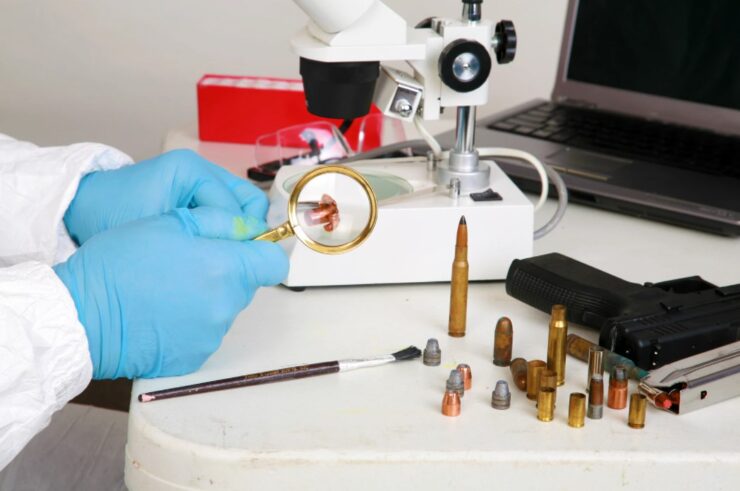
Modern crime scene investigation has come an incredibly long way, even in recent history. In fact, it was only in the 1980s that DNA matching, now a powerful tool for justice, was utilized in a case.
XRD is also a widely employed method in forensics, as the ease and speed by which it can capture valuable data regarding powder samples, among its many other uses.
For example, if a trace amount of residue needed to be identified at a crime scene, be it illegal drugs, or gunpowder residue, a portable x-ray diffractometer may be the perfect tool, provided regulations surrounding evidence were not breached by the process.
The reason for obtaining this particle data could be to aid any number of processes throughout an analytical investigation, such as the source of the material and the validity of the interpretation of the events at the scene.
The Role of XRD in Art
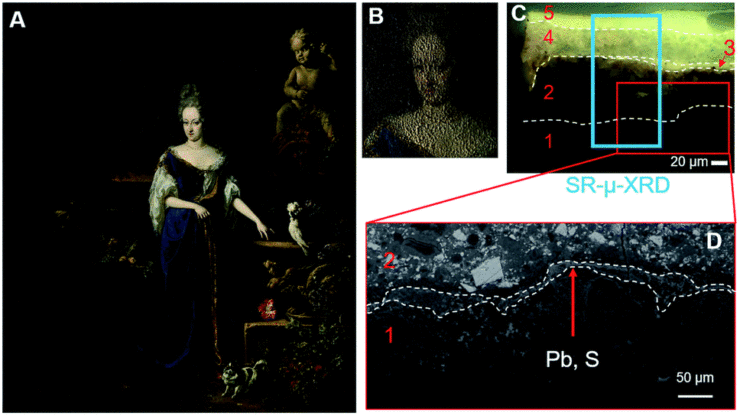
Stepping away from analytics for a brief respite, it is worth noting the cultural impact that XRD has made in the world through the lens of the artist.
While the fundamental purpose behind XRD may indeed be to derive concrete data from material substances, the aesthetics it can inspire are both beautiful and thought-provoking.
The process has inspired many to venture forth into the art world using XRD as a means to create powerful images highlighting the elaborateness of the hidden world.
Science and art, while they may appear to be non-overlapping spheres, have always been connected in their profundity and form, resonating with many on a deep psychological level.
Developments in Nanotechnology

Nanotechnology is an intriguing and immensely complex area of study, one that brings with it many groundbreaking theorems and possibilities.
It is a field that widely utilizes XDR for identification purposes, as the technique is highly efficient in categorizing nanostructures through various applications like x-ray line broadening and phase identification.
Breakthroughs in nanotechnology could supply humanity with the answers to some of the most serious conundrums found in today’s world, like the need for more energy-efficient manufacturing.
By improving current manufacturing processes, and ultimately, everyday consumables, nanotechnology could help humanity combat the ever-present and catastrophic threat posed by climate change.
Any technology that helps with the development of such materials should be taken very seriously by the science community, and thankfully, XDR is a well-respected and recognized form of molecular identification that will likely be around for a long time.
Quality Control
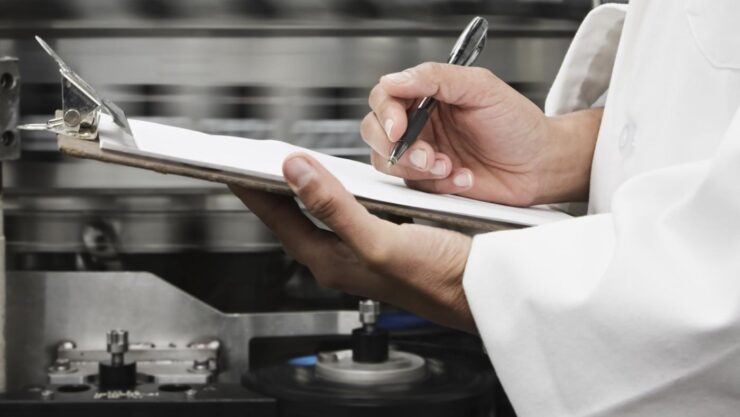
In countless industries, quality control needs to remain at the very highest level for products to reach a standard that not only benefits the modern consumer but manages to perform its function for long periods of time.
This can help manufacturers make the most out of their energy usage, allowing for greener and far more effective products.
This not only helps out the industries in question, but it serves to solve the wider issue of a lack of environmental responsibility in the development of consumer products.
Perhaps one of the best ways to enable this is through the intense level of manufacturing scrutiny made available by XRD techniques.
A prime example of this can be found in the manufacturing of building materials such as concrete and cement in the construction industry.
Buildings need to pass quality assurance tests for obvious reasons, and XRD is implemented by many construction businesses to help them do that.
The Pursuit of Knowledge
Science’s relentless pursuit of knowledge has shaped the world of today and will continue to shape the world of tomorrow, provided researchers continue to scour the depths of the unknown.
Whether this pertains to the mighty celestial objects that drift in place omnipresent somewhere out in the night sky, or the tiny nanoparticles that make up the tangible world, the more data that scientists can gather and interpret, the better their understanding of the material universe and x-ray diffraction can help with both.

